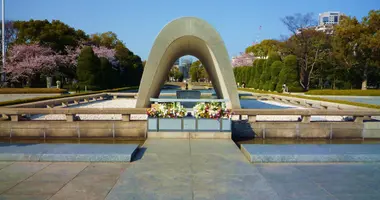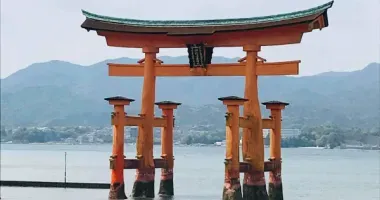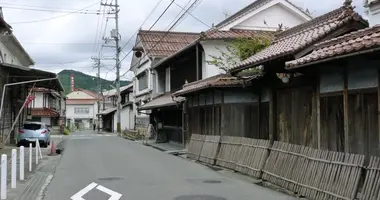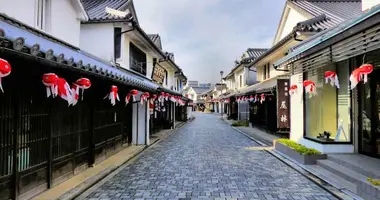Tsuwano Guide: Discovering Japan's Hidden Gem
- Published on : 24/05/2024
- by : Japan Experience
- Youtube
Nestled in the mountains of Shimane Prefecture, Tsuwano is a picturesque castle town that captures the essence of traditional Japan. Often referred to as the "Little Kyoto" of the San'in region, this charming town of less than 6,000 inhabitants offers visitors a glimpse into Japan's rich history and culture. With its well-preserved samurai district, ancient shrines, and unique festivals, Tsuwano provides an authentic Japanese experience away from the crowds of more popular tourist destinations. Whether you're strolling along the carp-filled canals or exploring the ruins of Tsuwano Castle, this hidden gem promises a journey through time and tradition.
Introduction to Tsuwano: A picturesque castle town
Tsuwano, located in the westernmost part of Shimane Prefecture, is a small castle town that developed along the Tsuwano-gawa River. Surrounded by lush mountains and natural beauty, it has managed to preserve its traditional atmosphere and historical significance. The town's layout, with its main street Tonomachi-dori lined with old samurai residences, reflects the careful urban planning of the Edo period. One of Tsuwano's most distinctive features is the network of small canals running along the streets, originally constructed for irrigation and fire prevention. These waterways, now home to colorful koi carp, add to the town's charm and offer a unique visual spectacle.
The history of Tsuwano dates back to 1325 when the first lord, Yoriyuki Yoshimi, began governing the area. Over the centuries, the town flourished under different clans, most notably the Kamei family who ruled for 11 generations. This rich history is evident in the town's architecture, traditions, and cultural sites, making Tsuwano a living museum of Japanese heritage.
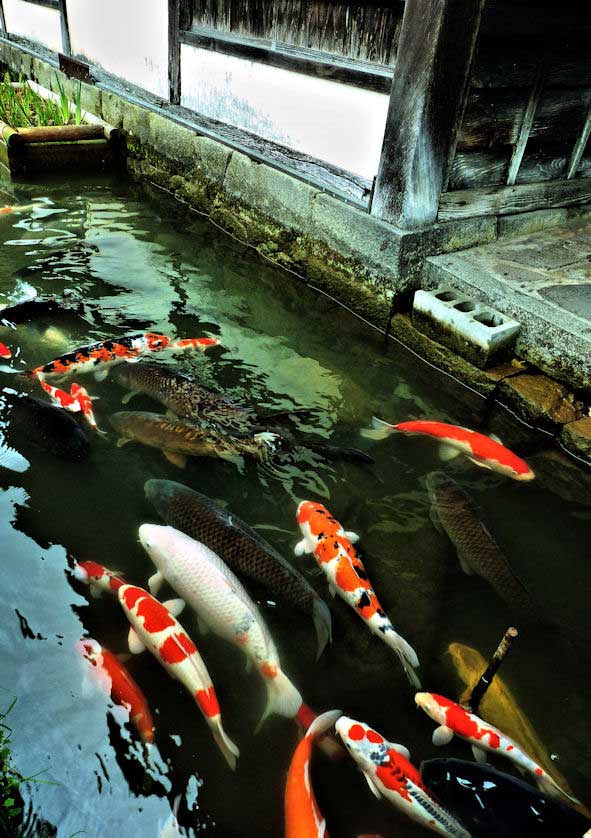
Carp in the canals of Tsuwano
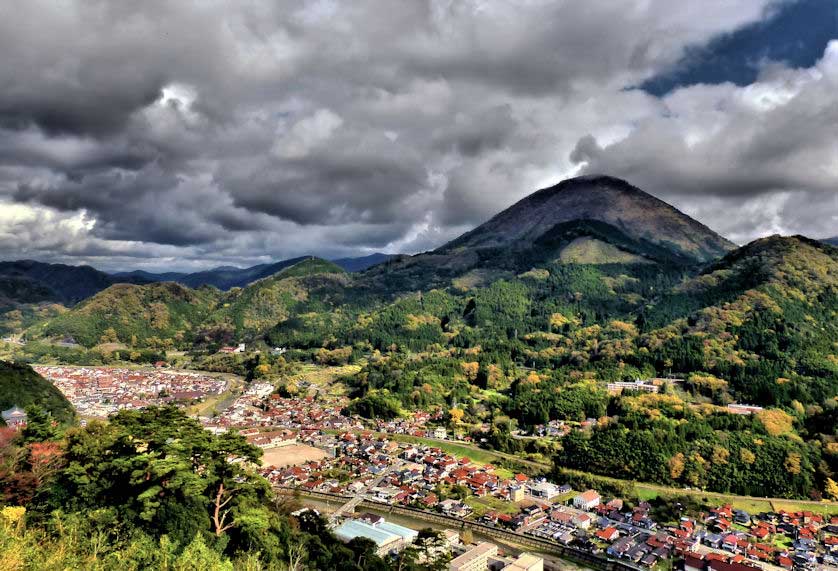
Tsuwano, Shimane
Top attractions in Tsuwano
Tsuwano boasts a variety of Tsuwano Attractions that showcase its historical and cultural significance:
1. Tonomachi Street: The main thoroughfare of Tsuwano, lined with preserved samurai residences, old sake breweries, and museums. The street's canals filled with colorful koi create a picturesque setting.
2. Tsuwano Castle Ruins: Perched atop a 367-meter-high mountain, the castle ruins offer breathtaking views of the town and surrounding landscape. Visitors can access the site via a chairlift for a unique perspective on Tsuwano's layout.
3. Anno Mitsumasa Museum: Dedicated to the world-famous children's book illustrator born in Tsuwano, this museum showcases his artwork and offers interactive exhibits, including a planetarium.
4. Taikodani Shrine: One of the five main Inari shrines in Japan, featuring over 1,000 vermilion torii gatesleading up the hillside. The shrine is particularly spectacular during the spring and autumn festivals.
5. Tsuwano Catholic Church: A unique blend of Western and Japanese architecture, this Gothic-style church features tatami mats inside, reflecting Japan's cultural adaptation of Christianity.
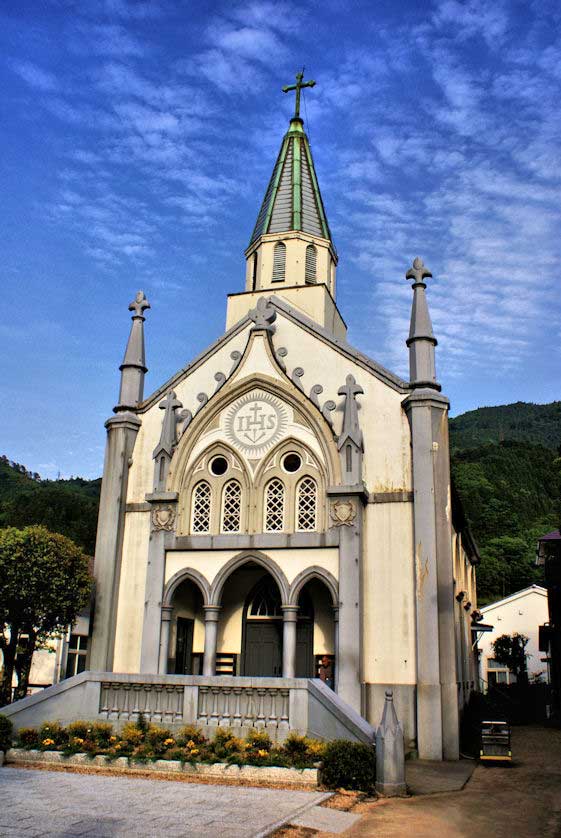
Tsuwano Catholic Church modelled on Oura Cathedral in Nagasaki
Exploring Tsuwano's rich history and culture
Tsuwano's cultural landscape is deeply rooted in its history as a castle town and center of learning. The town has nurtured many notable figures, including:
1. Mori Ōgai: A renowned novelist and Army Surgeon General, whose childhood home and memorial museum can be visited in Tsuwano.
2. Nishi Amane: A philosopher who played a crucial role in introducing Western philosophy to Japan during the Meiji period.
3. Mitsumasa Anno: The celebrated children's book illustrator and recipient of the Hans Christian Andersen Award.
Visitors can explore this rich cultural heritage through various museums and historical sites scattered throughout the town. The Tsuwano Kyodokan, a local history museum, offers insights into the region's past and its famous residents.
Tsuwano is also known for its traditional crafts, particularly washi papermaking. The Sekishukan, a washi paper museum, allows visitors to learn about this ancient craft and even try their hand at making paper.
Tsuwano's temples, shrines, and churches
Tsuwano's religious landscape is diverse, reflecting its complex history and cultural influences:
1. Yomeiji Temple: A quiet Zen temple built in 1420, known for its thatched roof, beautiful garden, and as the final resting place of Mori Ōgai.
2. Taikodani Inari Shrine: Reminiscent of the famous Fushimi Inari in Kyoto, this shrine is a testament to Tsuwano's nickname as "Little Kyoto". The tunnel of vermilion torii gates leading up the mountain is a must-see attraction.
3. Tsuwano Catholic Church: Built in 1931, this church represents the town's hidden Christian history. Its unique blend of Gothic architecture and traditional Japanese elements makes it a fascinating visit.
4. Washibara Hachimangu Shrine: Known for its role in the annual yabusame horseback archery at Tsuwano Yabusame Festival, this shrine offers a glimpse into Tsuwano's samurai heritage.
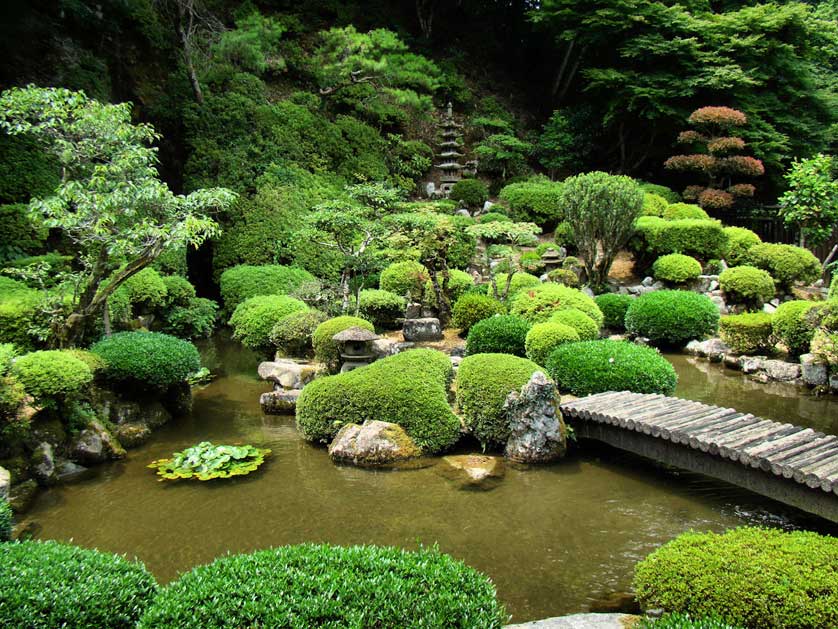
Yomeiji Temple Garden, July, in Tsuwano, Japan
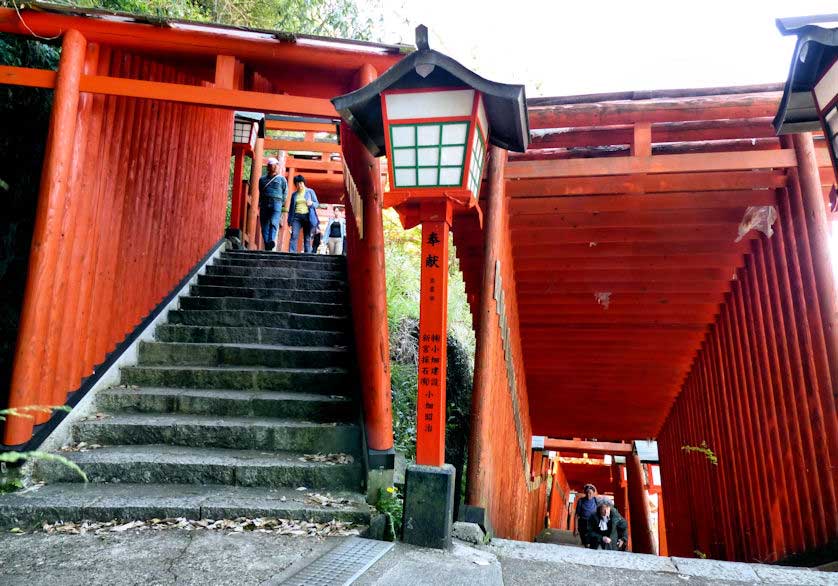
Shinto shrine torii gates, Tsuwano, Shimane Prefecture
Festivals and events in Tsuwano
Tsuwano's calendar is filled with colorful Tsuwano Festivals that showcase its cultural traditions:
1. Tsuwano Yabusame Festival: Held on the second Sunday of April, this festival features horseback archery demonstrations amidst blooming cherry blossoms.
2. Sagi Mai (White Heron Dance) Festival: Performed in July, this elegant dance dating back over 400 years depicts the courtship of herons.
3. Gion Festival: A lively summer festival featuring parades and traditional performances throughout the town.
4. Tsuwano Bon Odori: The town's unique take on the traditional Bon dance, performed in August and featuring dancers in distinctive black and white outfits.
5. Otome-toge Christian Martyrs Festival: Held on May 3rd, this festival commemorates the Christian martyrs of Tsuwano with a procession and outdoor mass.
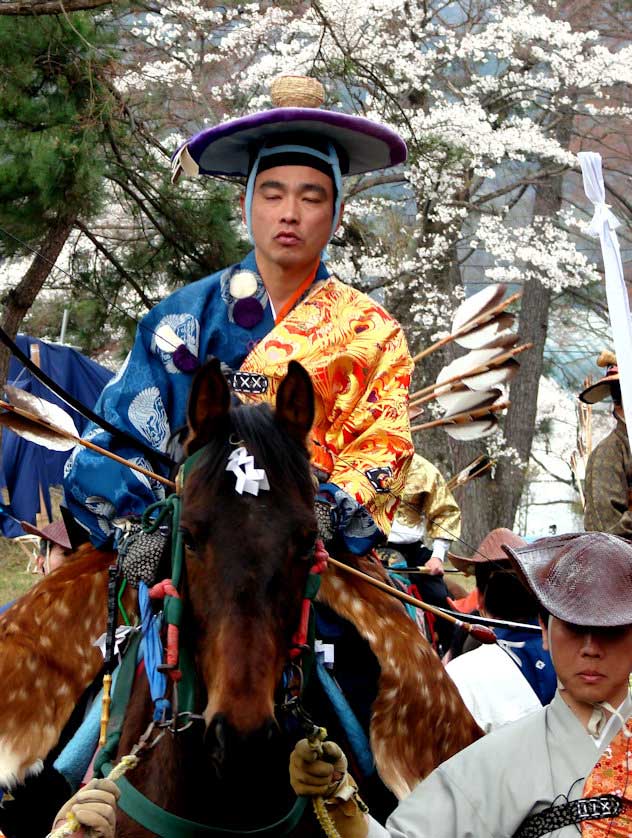
Tsuwano yabusame participant on horseback
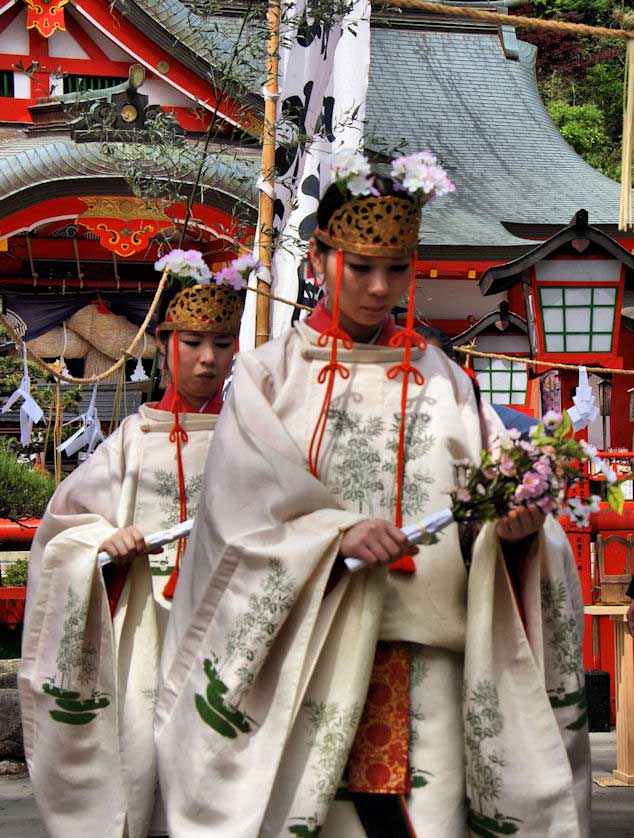
Shrine maidens (miko) at Taikodani Inari Shrine

Sagimai, the Heron Dance, is performed at several points along Tonomachi Street, the old main street of Tsuwano
Practical information for visitors
Accommodation in Tsuwano ranges from traditional ryokan inns to modern hotels. For an authentic experience, consider staying at:
- Noren Yado Meigetsu: An elegant ryokan offering traditional hospitality and excellent cuisine.
- Hoshi Ryokan: A family-run inn near Tsuwano Station, known for its spacious rooms and delicious food.
- Shokudo Minshuku Satoyama: A budget-friendly option providing a homely atmosphere in a farmhouse-style building.
Local Cuisine: Don't miss trying Tsuwano's specialties:
- Uzume-meshi: A local dish of rice topped with various ingredients and tea.
- Local sake: Tsuwano is home to three sake breweries, each offering unique flavors.
- Genji-maki: A sweet treat made from bean paste wrapped in castella cake.
Tourist Information: The Tsuwano Tourist Office (Tel: 0856-72-1771) is located next to the station and offers English-language materials and assistance.
Getting to and around Tsuwano
Access to Tsuwano is primarily by train:
- From major cities, take the Shinkansen to Shin-Yamaguchi Station, then transfer to the JR Yamaguchi Line to Tsuwano (about 2 hours 30 minutes from Shin-Osaka).
- For a unique experience, ride the Yamaguchi Go steam locomotive from Shin-Yamaguchi to Tsuwano on weekends and holidays from March to November.
Getting Around: Tsuwano is best explored on foot or by bicycle. Rental bicycles are available near the station for convenient sightseeing.
Whether you're a history enthusiast, culture lover, or simply seeking a peaceful retreat, Tsuwano offers a uniquely Japanese experience away from the beaten path. Its well-preserved traditions, beautiful landscapes, and warm hospitality make it a must-visit destination for those looking to discover the heart of traditional Japan.


